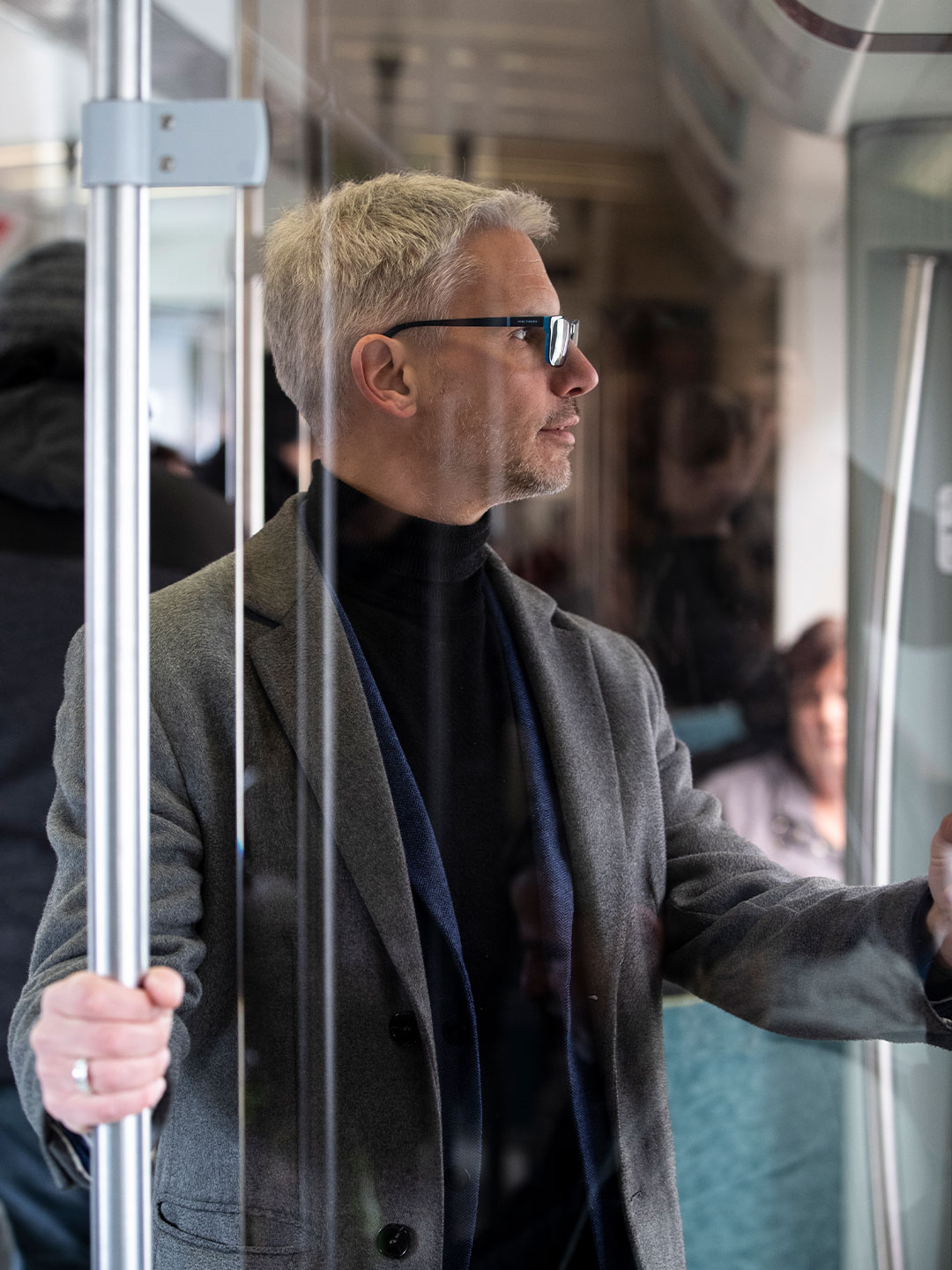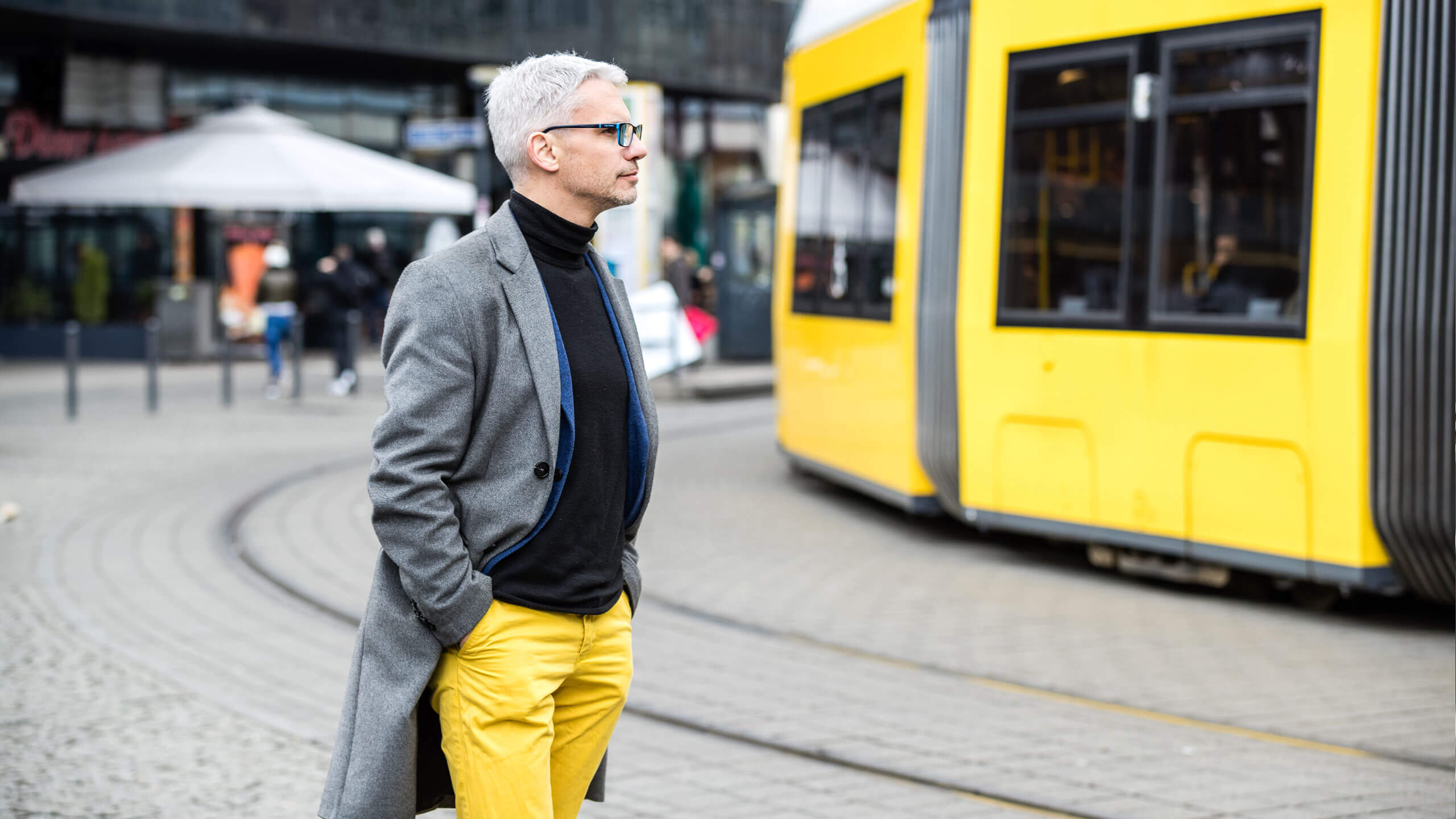Artificial intelligence for better mobility
Artificial intelligence for better mobility. What we develop moves you. There will be significant changes in mobility over the next five years. Machine learning and AI systems will make various means of transport converge, resulting in new mobility services. Today already IAV is developing innovations and business models which set pioneering accents for the future of our mobility, using artificial intelligence.
Mirko Knaak is expert for artificial intelligence and machine learning at IAV. But he thinks the expression “artificial intelligence” is rather misleading. He prefers to talk of “enhanced intelligence”, of algorithms that simplify and support our work and lives. In this case, it is still the users who take the decisions with AI just providing support. People decide for themselves at any time when, how and to what extent they need support. At the same time, AI should be so cleverly integrated that it doesn’t bother the user. But how will AI change our mobility in future?

“With artificial intelligence in the supporting role that I see as being realistic, it will be possible to automate many of the time-consuming tasks that people currently have to do.”
— Product Owner artificial intelligence and machine learning
AI systems in the background
AI algorithms already have a great impact on our mobility today, although we mostly don’t notice it. Sharing providers use machine learning to optimize the size and location of their business territories. And when it comes to electromobility, AI systems help to balance out the growing utilization of power grids and to arrange charging stations in efficient positions. “These are topics where IAV is hugely involved”, says Mirko Knaak.

“The growth of electromobility has a massive impact on the power grids. IAV has a separate department where AI is used to work on optimizing power grids.”
— Product Owner artificial intelligence and machine learning
The chauffeur in an autonomous vehicle
AI systems will play a major role in the increasing automation of mobility. For example, in an autonomous taxi, artificial intelligence will be responsible not only for taking the vehicle safely through the city and its traffic but also for finding the ideal itinerary. This is no trivial problem when the taxi is used by several people at once. IAV recently demonstrated the technical possibilities in this field with an autonomous shuttle.

“At the moment I need 17 apps to use all the various means of transport. In future this will probably be covered by just one app, that also knows my own personal preferences.”
— Product Owner künstliche Intelligenz und maschinelles Lernen
From A to B and from A to Z
Mobility means more than just getting from A to B. What is the best option? Car sharing, bike sharing, e-scooter, or an autonomous taxi? We will be spoilt for choice. In future, personal assistants will help us organize our mobility from A to Z. They will spontaneously find, book and pay for the best solution in our specific situation, depending on our needs. They will manage our diaries and take on other time-consuming tasks, right through to completing an expenses’ claim for a business trip.
“In the context of AI and mobility, we have to think not just of individual mobility but consider all means of mobility and their adjacent systems.”
— Product Owner artificial intelligence and machine learning
Driven by the livable city
Mirko Knaak is convinced that when AI systems, autonomous driving and personal assistants come together in future, we will get from A to B just as quickly and conveniently as today, but consuming far fewer resources. Machine learning will make a crucial contribution to smart intermodal coupling of the means of transport that we use, to the benefit of us all. In the end, apart from being fun to use, the new mobility services will also make our cities better places to live in.
What is it like to work in this field?

Learn more in our employee portrait of
Chris März
